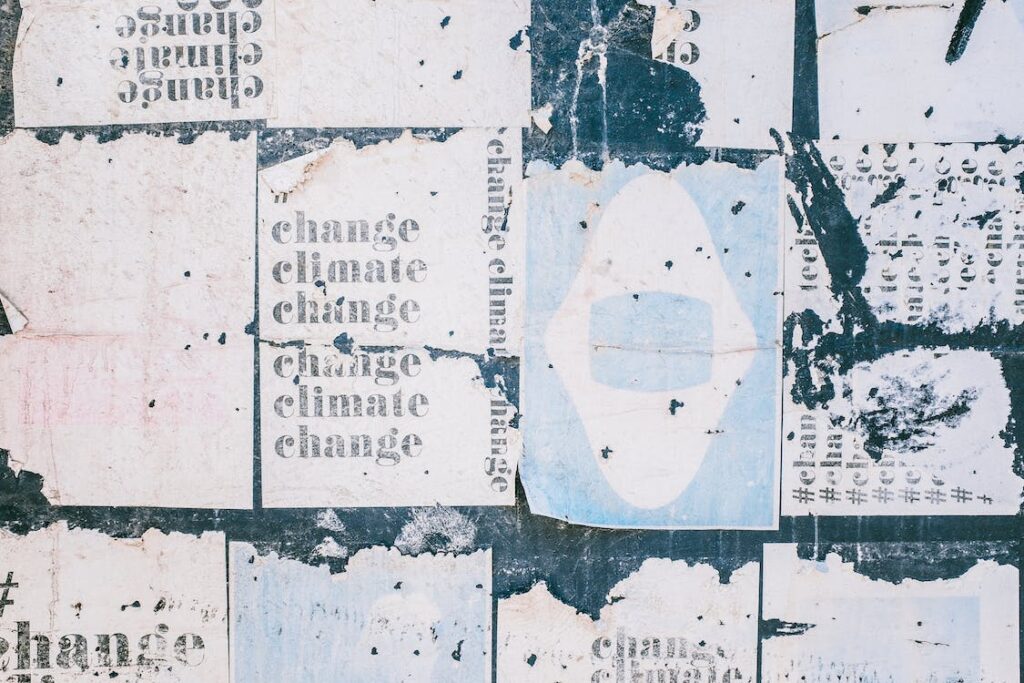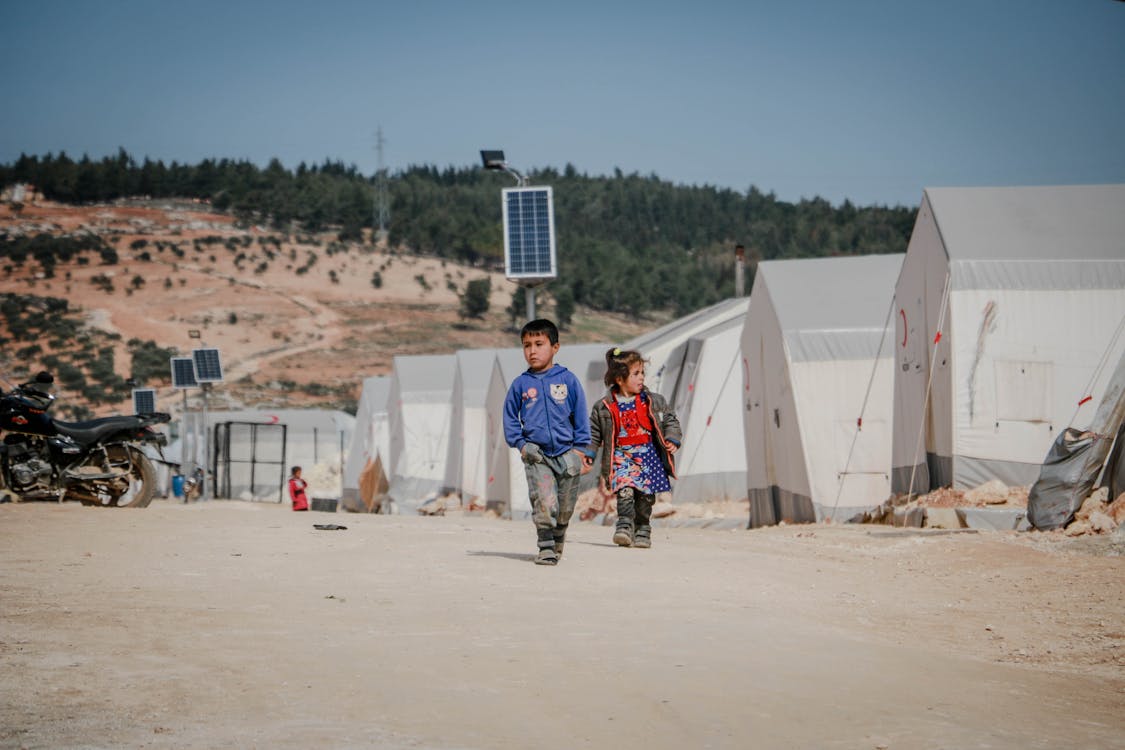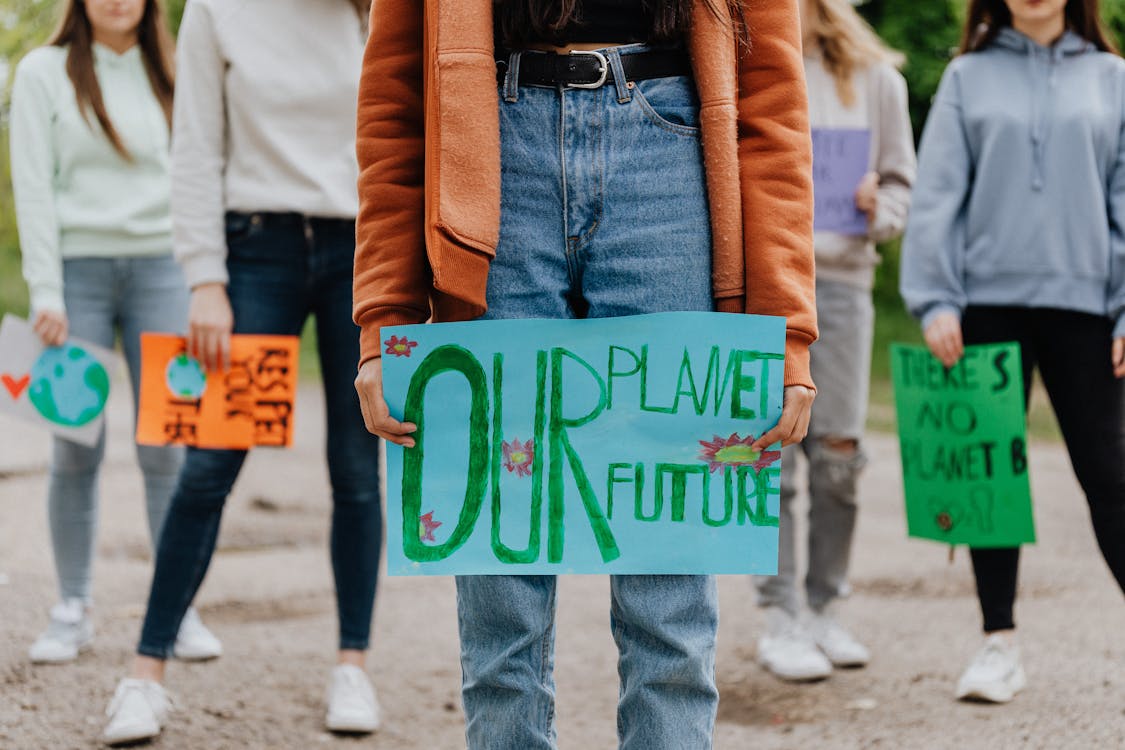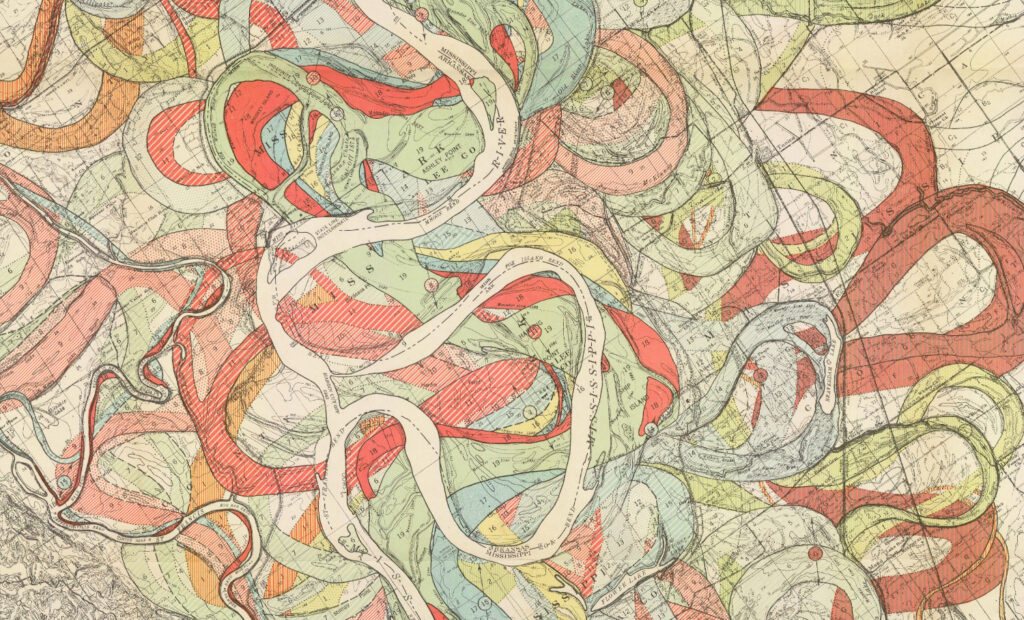
“We are living in a climate crisis,” announced UN Secretary-General António Guterres as he called for governments to immediately cut emissions to avert a climate catastrophe.
The last year has been a dramatic reminder of how real climate change is: fires, floods, droughts, and food crises haunt populations worldwide. This has also been a year of important advances in fighting the climate crisis: rise of the youth movement, IPCC reports, COP26 meeting, and other political manifestations such as the recognition of a Right to a Healthy Environment. We are approaching more concentrated action on the crises. However, there is still so much more work to do. Now is the time for every part of society to take climate action.
The open movement needs to act as well. In 2021 we, a group of practitioners and researchers in open science, hardware, knowledge, and infrastructure researchers, came together to explore how the open movement could step up to the climate challenge. A year after our first piece for Branch (Open Climate Now!), we are excited that this whole issue is dedicated to the theme.
Since our first community call, we hosted many conversations with people thinking about how open practices can strengthen with climate action. Over the course of 12 community calls, with 20 speakers and 175 participants from across the globe, we identified issues where the open movement could be key actors in a sustainable future. We are happy to share those insights here.
1. Our information environment is polluted by companies and governments who deny or delay climate action. We need to reclaim a robust knowledge commons.
The climate crisis is also an information crisis. The knowledge commons can be an important tool to fight back.
Companies use various tactics to stop or delay climate action, such as: climate denial (arguing that climate change isn’t happening), predatory delay (holding back climate action to continue profiting from the status quo), and the pollution of the information environment (with mis- and dis-information campaigns and corrupted experts).
The open movement can help clean up the information environment by:
Foregrounding the viewpoints of frontline communities. This can be done by creating open climate data narratives to fight misinformation and help environmental policymaking (Call #4 with Myanna Lahsen and Silvio Carlos).
Distributing information in formats that communities need and understand. These can then be shared with other decision-makers to make progress on demanding climate action. Accessible, reusable, and persistent open data is crucial (Call #7 with Matt Rotta).
Improving the quality of the information, not just the quantity. There is a need to interrogate who benefits from the scientific status quo in the natural sciences and those who do not. Open practices in knowledge curation can help how people accept and engage with science communication (Call #3 with Emma Baker and Lisa McNamara).
2. Digital technologies both help and harm in the fight for climate action. Openness can help address the environmental impact of digital infrastructures.
The Internet and our digital technologies have rapidly expanded energy needs. But these digital technologies can also help us do things such as track deforestation or understand the performance of renewable energy.
The open movement can reduce the environmental impact of technology by:
Leveraging openness as a tool for replicability, transparency, and impact. Good documentation and access to data are necessary to build sustainable solutions (Call #1 with Tjark Doering and Tobias Augspurger).
Aiming open source at the target of achieving a fossil-fuel-free Internet by 2030. Open data and practice can enable more transparency on the real impact of the Internet and what can be done to make it more energy efficient while breaking up tech monopolies’ control of a green web (Call #5 with Chris Adams).
Foreground the perspective of indigenous communities because sustainability depends on social arrangements. The data analysis of threats has to be combined with digital care for the communities impacted (Call #12 with Narrira Lemos, Luciana Ferreira, Márcia Nóbrega and Bruno Rigonato).
3. Downscale climate science to local levels and work for the “smallest possible policy-maker.”
Going from highly centralized science or policymaking to communities that can act requires attention to the needs at the most localized possible level, whether by using local languages or training local communities.
The open movement can empower the smallest possible policy-maker by:
Integrating local information and knowledge with climate risk and forecasting. Emphasize local adaptations and mitigation practices that can make the best use of expert models. This is particularly urgent for addressing intersectional inequalities with the inclusion of indigenous and local knowledge systems to build trust in relationships, thus integrating resources in multiple languages through “Climate 101” information packages intended for broader dissemination in local settings (Call #3 with Emma Baker and Lisa McNamara).
Supporting shifts in individual choices and personal knowledge. Organizations and environmental scientists might focus on solutions at a bigger scale than on individual behaviors in the environmental and climate space; the larger system shifts occur through individual choices and personal knowledge, which means that they are the sum of the actions of even small stakeholders (Call #2 with Ana Grijalva).
Recognizing the importance of “openness” beyond licensing and open technology. This can support active community participation where the main actors are not necessarily trained scientists, technical experts, or the usual technology enthusiasts, but rather school children and their parents (Call #11 with Ana Tuduri).
4. Free access to climate information by growing the socio-technical capacity of community spaces.
Openness helps with community-making practices around environmental research and activism. It also needs to address questions of scale. For instance, open hardware initiatives have proven to be one of the means we have to collaborate on implementing sustainable technologies that can be sourced and locally produced for carbon footprint reduction.
The open movement can help free access to climate info by:
Encouraging the rise of scientific pre-prints. There is strategic importance in publishing first and reviewing later with the rise of pre-prints to support an environmental knowledge commons. Targeting publishers for open access to climate information will not create long-term equitable solutions, because the problem of article processing charges (APCs) being owed will not be addressed (Call #8 with Iryna Kuchma).
Including community-based insights, using everyday language to communicate relevant climate research, and creating multilingual content, especially in local languages. This helps regular citizens provide feedback on research are steps that can be facilitated by existing open initiatives and communities (Call #9 with Ruby Damenshie-Brown and Call #10 with Jean-Noé Landry, amongst others).
5. The open movement is a cultural movement in principle, and it can offer value to other movements by operating intersectionally
Open values alone are not sufficient. We need to make sure that open practices meet the needs of local communities. Nevertheless, it can bring a powerful perspective to other movements.
The open movement can help other movements by:
Emphasizing that openness is based on a human-centered perspective where justice is the starting point. This can be a motivator for collaborators in the movement. It is the values around justice, which ultimately drive how we create and share organizational practices, and in turn create the space to work with other movements, like those calling for climate justice (Call #10 with Jean-Noé Landry)
The value of openness is in the ability to explore global narratives, fight disinformation, and rally around important issues with the broad public. The open communities that center local language and local context can enable participation and representation through campaigns on a global scale (Call #9 with Ruby Damenshie-Brown).
Where from here
For the past two decades, the open movement has worked to shift unequal power dynamics in science, technology, and society. From the rise of free and open technologies as infrastructure for peer-production platforms such as Wikipedia, the definition of open data standards and practices, and the application of collaborative values through community science projects, we have created a common wealth of social, environmental, and technical knowledge. Despite our collective achievements, however, we still lack a shared ecological vision in the open community to respond to the climate crisis.
One of the key things we learned is to deal with the tension between the urgency of socio-environmental action and the slow tempo of trust relations that are fundamental for opening spaces for solidarity-building. Against an unjustified, imposed pressure to publish research as fast as possible, there is a real urgency to address climate issues rapidly so that we can prevent some of the most catastrophic trends. One of the brilliant aspects of the open movement has been its ability to collaborate, move collective ideas further, and develop them into collective solutions, but, as the saying goes, if you “want to go far, you cannot walk alone.”
Open Climate is an open invitation for you to join us in this effort in community-building.
We came together in 2020 because we felt the need to connect our work in the open movement with the climate crisis. Was there even a connection, or were our desires forcing a connection? Through our community calls, we have seen multiple ways in which the open movement could help take climate action: from research to policy, from digital infrastructures to community organizing, from public campaigning to knowledge creation and sharing, and from academic training.
Open Climate has become a catalyst of various initiatives. It changed the perspective of each of us on the organizing team. Shannon and Scann now better understand how the knowledge commons can help with climate justice and how environmental justice is connected with the space of digital rights. Alex has brought lessons from the community calls to craft his message with the Wikimedia movement in addressing climate issues on Wikipedia. Michelle has been active at work with the Green Web Foundation to open up data on how the internet is powered and how to transition to a fossil-free internet by 2030. Emilio has continued expanding Appropedia and teaching about appropriate technologies alongside organizations such as the UNDP. Luis Felipe has been dedicated in the past year to integrating FAIR and CARE principles in collaboration with the HDF Group for an NSF project dedicated to the study of the impact of climate change in Alaska. In the next several years, Shannon and Luis Felipe, alongside other collaborators, are conducting a new project to create a commons for socio-environmental data with support from the National Science Foundation.
Going forward we plan to continue sharing what we have learned with others and give opportunity and space for continued open climate interactions.
During the second half of 2022, the Open Climate collective will begin a fellowship program to support activists, researchers, and other people interested in working at the intersection of open and the climate crisis.
As we move forward, we want collaborate more with the digital rights space and other organizations working on harnessing the power of open and bringing it into climate action. Interested? Learn more on our wiki.







